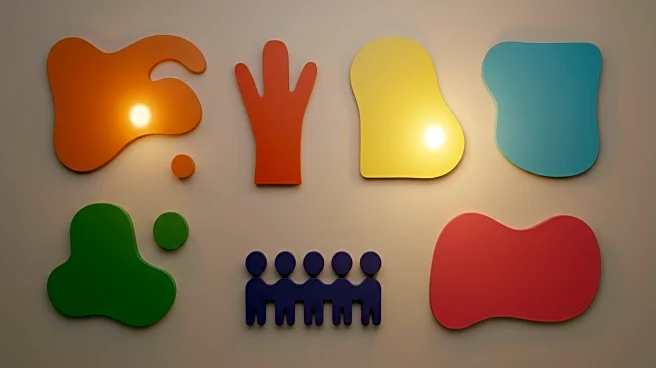What is the story about?
What's Happening?
A recent study published in Psychological Science highlights the ongoing presence of gender biases in children's television programming in the U.S. Researchers analyzed scripts from 98 children's TV shows spanning from 1960 to 2018, including popular titles like 'Scooby-Doo' and 'SpongeBob SquarePants.' The study found that gender stereotypes remain deeply embedded in these programs, with male characters often depicted as active 'doers' and female characters as passive 'done-to' figures. This pattern has persisted over six decades, despite an increase in the number of female characters. The study's lead author, Andrea Vial, emphasized that these subtle linguistic biases shape children's beliefs about gender roles, often without the creators' awareness.
Why It's Important?
The findings of this study are significant as they underscore the role of media in shaping societal perceptions of gender roles from a young age. By consistently portraying boys as active and girls as passive, children's TV shows may contribute to reinforcing harmful stereotypes that limit girls' perceived agency and leadership potential. This can have long-term implications for gender equality, as children internalize these messages and carry them into adulthood. The study also highlights the need for more diverse and inclusive storytelling in children's media, which could help challenge and change these entrenched stereotypes.
What's Next?
To address these biases, there is a call for concerted efforts from writers and producers to be more mindful of the language and roles assigned to characters in children's programming. Parents are also encouraged to actively engage with their children's media consumption, pointing out stereotypes and seeking out shows that offer diverse and empowering representations of both genders. Additionally, there is a push for more gender-balanced writing teams in the industry to ensure a wider range of perspectives and experiences are reflected in children's media.
AI Generated Content
Do you find this article useful?











